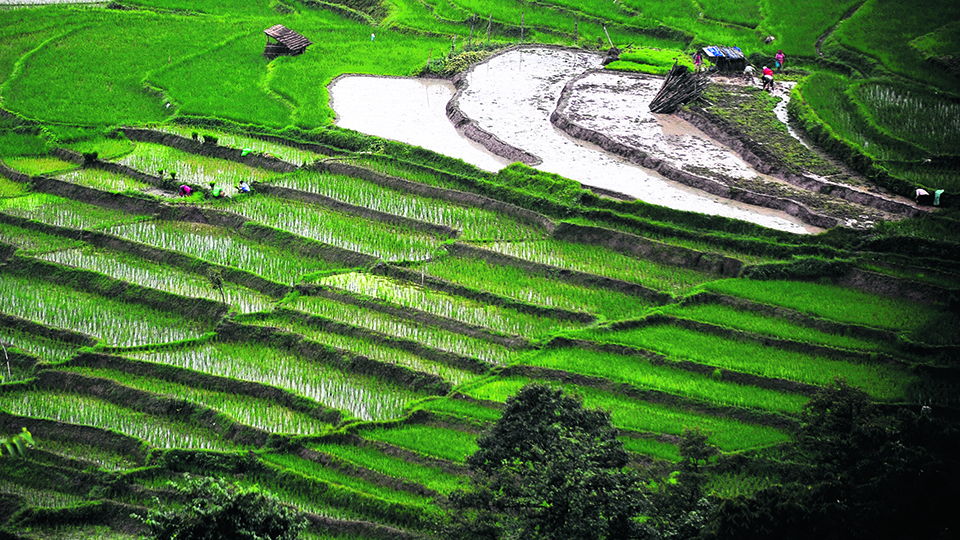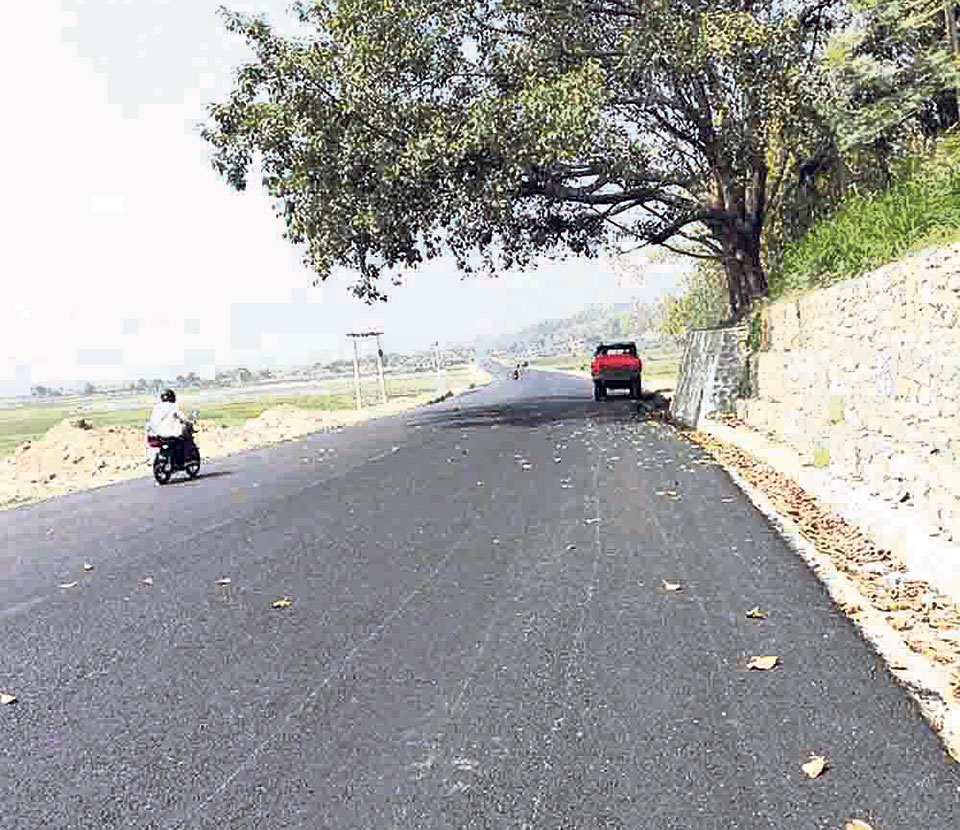
OR
Indigenous crop varieties nearing extinction on large scale from Myagdi
Published On: September 3, 2023 05:49 PM NPT By: Republica | @RepublicaNepal

MYAGDI, Sept 3: Myagdi, a district rich in genetic resources and biological diversity, has reported the potential disappearance of 97 varieties of indigenous crops from its rural areas.
The Agriculture Knowledge Center, Myagdi, has reported the loss of these valuable resources including indigenous, high-altitude herbs, specific flowers and plants of high biological importance in the district. The Center said illegal harvesting of such resources is one of the reasons for their declining presence.
A wide range of crops including indigenous, winter crops, pulses, oil crops, fruits, seeds, and grains such as junelo (sorghum), silam (perilla), multiple types of rice aanga, marsi, gudura, gauriya, and ghaiya (upland rice) and uwa (naked barley) face the increased risk of extinction. This worrying trend has begun for a decade.
Chandra Bahadur Karki, a local farmer leader, pointed out the lack of government programs aimed at encouraging farmers to protect indigenous crops. Official data reveals that 97 indigenous crop varieties are currently at the risk of extinction in the district.
The use of imported seeds has been dominant over locally produced seeds. Traditionally, seeds of crops like pumpkin, cucumber, and bottle gourds were stored on house walls for the next planting season, but this practice has now disappeared.
Farmers have stopped preserving the local seeds for future use, it is said.
Though the government plans to promote indigenous crops such as gaily, millet, latte, kaguno (foxtail millet), the imports of unhusked rice, millet and rice from various countries including from India are increasing each year, according to the Center's former chief Kiran Sigdel. The tradition of consumption of millet-based products has significantly decreased in the area.
Buckwheat, latte, barley, and foxtail products are now rarely prepared or consumed in the area.
As only required production is made, its commercial production has been disappearing, said Shobhit Sharma, a farmer of Jyamarukot.
According to Sigdel, farmers have stopped growing crops like millet, buckwheat and foxtail millet. "The government has managed subsidies for farmers to grow indigenous crops. But farmers are unaware about it," he said.
Hybrid vegetable seeds have been displacing indigenous crops, observed agricultural scientist Tika Bahadur Karki. Farmers seem not to be attracted to indigenous crops despite the government giving priorities to the crops through the Prime Minister Agriculture Modernisation Project, he said. For instance, waxy corn imported from China has been displacing indigenous variety of corn of Nepal, he said. This variety of corn is imported in a large amount as it tastes sweet when consumed boiled. It has been around 12 years since its import started, and it is found especially in restaurants of Nepal, he said.
Although crops including millet, corn and wheat are considered the fourth important crops in Nepal, their production has been declining, said the Center. Millet farming makes up 7.7 percent of the total crop farming of the country, according to available data. The crop is produced especially in Myagdi, Khotang, Sindhupalchowk, Baglung, Syangja, Kaski, Okhaldhunga, Gorkha and Sindhuli districts.
RSS
You May Like This

Delay of Dana sub-station delays hydropower projects
MYAGDI, Aug 31: The testing of structure and equipment of Ghalemdi River Hydropower project located at Narchyang of Annapurna Rural... Read More...

Tele-teaching classes at 10 schools in Myagdi soon
KATHMANDU, July 4:Ten secondary schools based in Annapurna Annapurna Rural Municipality in Myagdi, the district in province 4, are likely... Read More...

Registration for health insurance in Myagdi begins
MYAGDI, Dec 29: For the people in Myagdi district to enroll in the health insurance program, the local authority has... Read More...







Just In
- Bajhang-1 by election: UML leads again
- Lumbini and Koshi likely to experience stormy conditions
- Bajhang-1 by-election: NC maintains narrow lead over UML
- CIB continues investigation into illegal driving license issuance case
- Hearing on 'murder' case against Agni Sapkota scheduled in SC after 17 years
- Ridi-Tamghas road to undergo a month-long closure from today
- Political party leaders express commitment to ensure consensus to promote investment in the country
- Ilam by-election update: UML's Nembang continues to lead in vote count










Leave A Comment